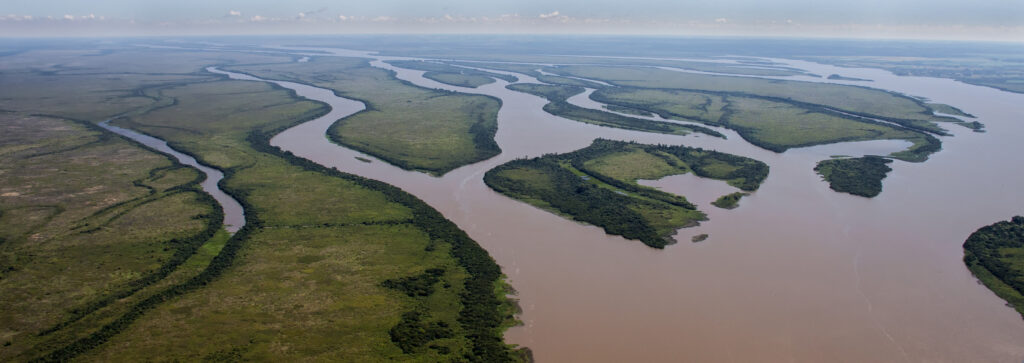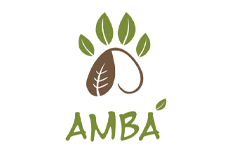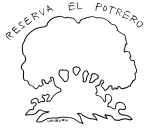Conservation
Conservation of Natural Environments
Natural ecosystems are home to many species of native flora and fauna that constitute their biodiversity and provide us with goods and services that are indispensable for our lives. But they are also capable of providing us with a complex system of regulation that makes the world function properly: they fix carbon dioxide, form and recover soils by fertilizing them naturally, reduce erosion, regulate floods, purify water and air, and sustain biodiversity. The economic value of these environmental services, often unknown and invisible to us, is incalculable.
Therefore, working to conserve our natural environments not only means protecting our native fauna and flora species. It also means guaranteeing the resources that sustain our lives and the future of generations to come.
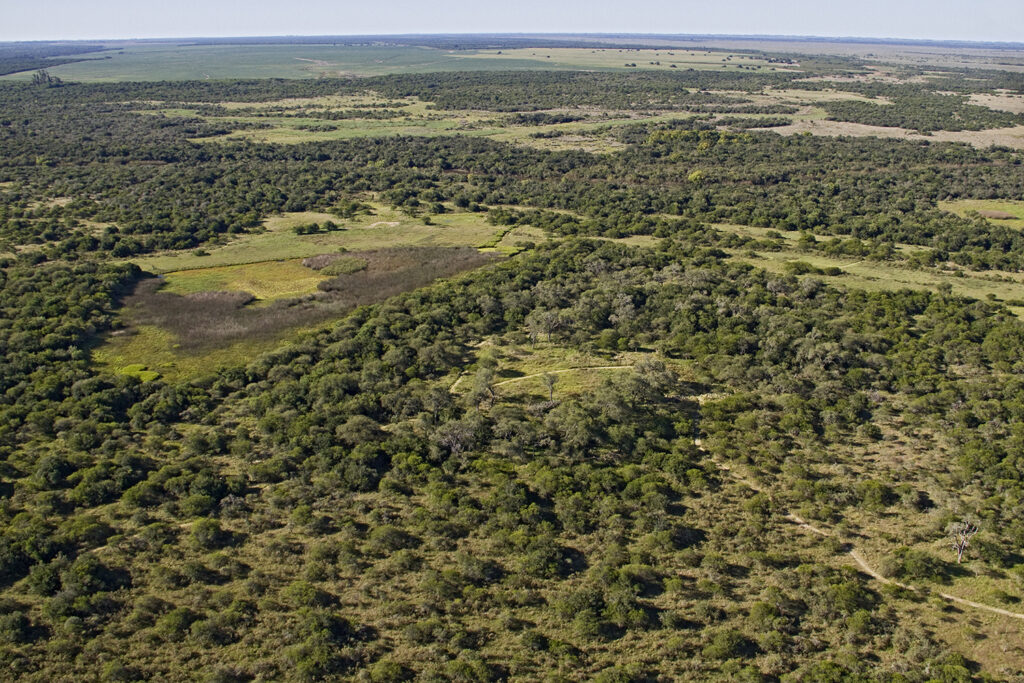
Our Native Forests and Woodlands
Native forests and woodlands are complete natural ecosystems that fulfill multiple functions and provide numerous benefits thanks to their biological processes.
The diversity of native plant species that coexist in an environment give it its special characteristics and define the animal species that will make use of it, according to their adaptations and needs. And the more native fauna that coexist in our environments, the greater their capacity to maintain their equilibrium.
While it is true that all trees fulfill important functions in that they provide us with oxygen and capture carbon dioxide from the atmosphere, helping to mitigate global warming, it is also true to say that they are not all the same.
Native plants are those that originally belong to a particular region and have evolved with their habitat and the other organisms that inhabit it. For that reason they have a key role in the environment, providing home and food for wildlife and helping to conserve biodiversity.
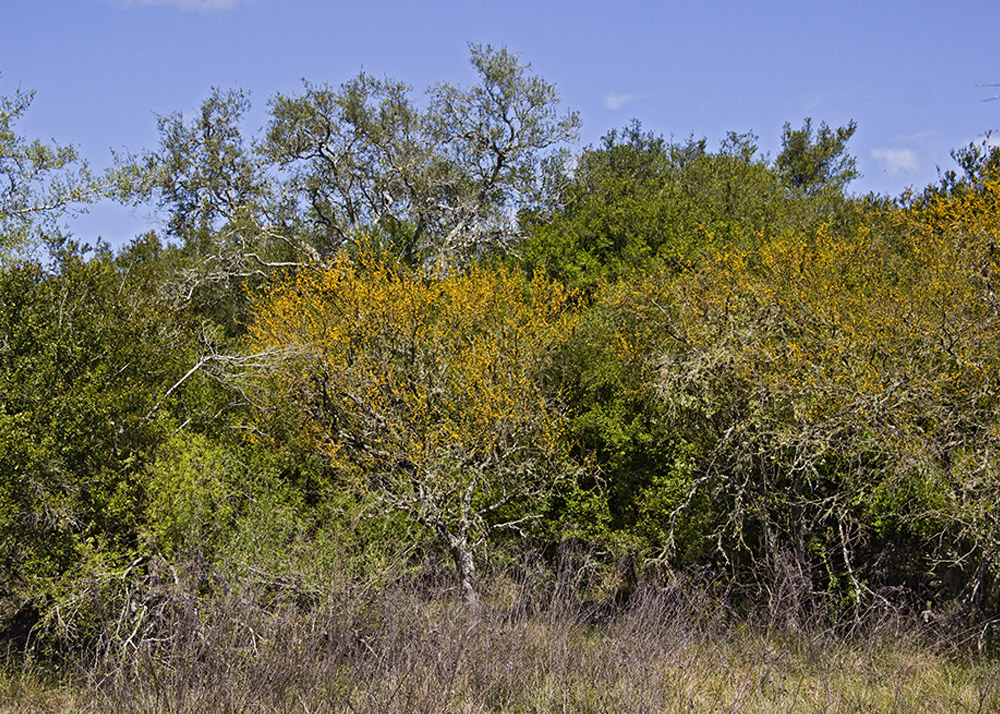
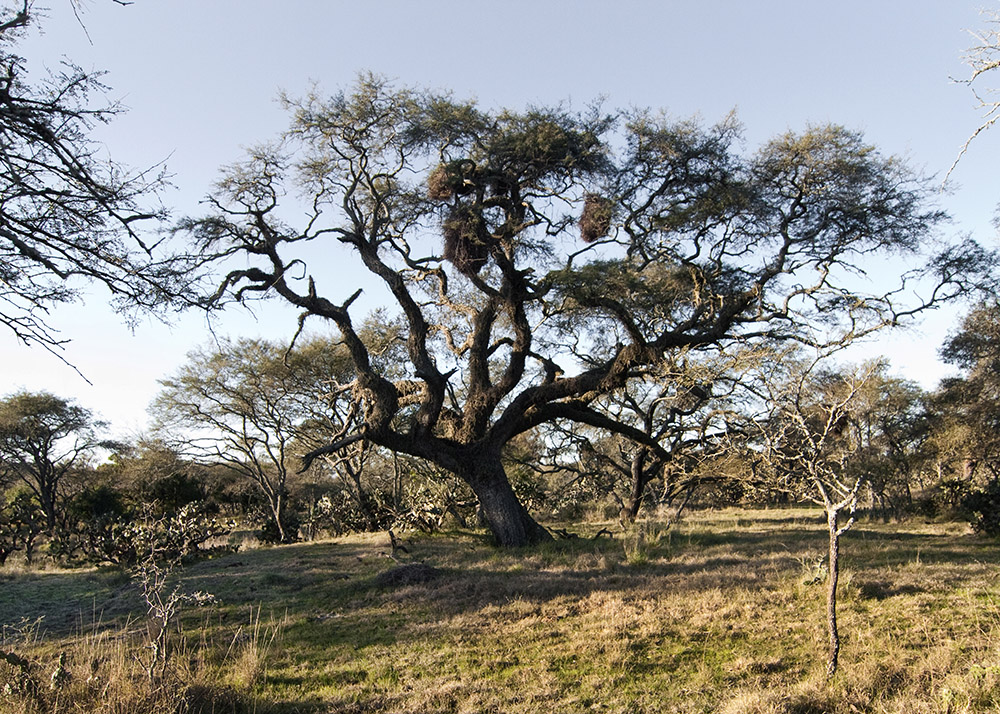
Wetlands, sources of life
Wetlands are vitally important for life: they filter and remove pollutants; they absorb and store water, thus balancing droughts and preventing floods; and they sequester large amounts of carbon, making them key in the fight against climate change.
In addition, it is estimated that these ecosystems are home to 40% of the planet’s plant and animal species. Their ability to support floating or submerged aquatic vegetation makes them one of the richest habitats for plants and animals, thanks to the high concentration of organisms that live and feed in them.
The degradation and loss of wetlands has serious impacts not only on water quality and access, but also on food security, biodiversity and carbon sequestration. At El Potrero we work to conserve the wetlands that are part of our Reserve.
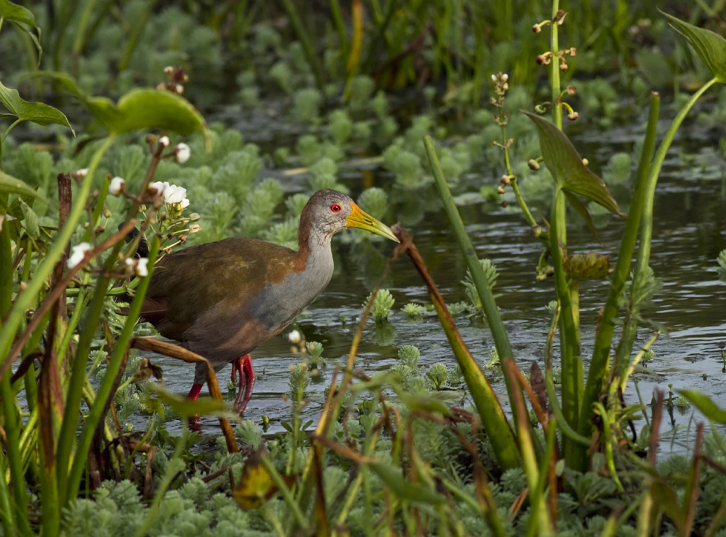

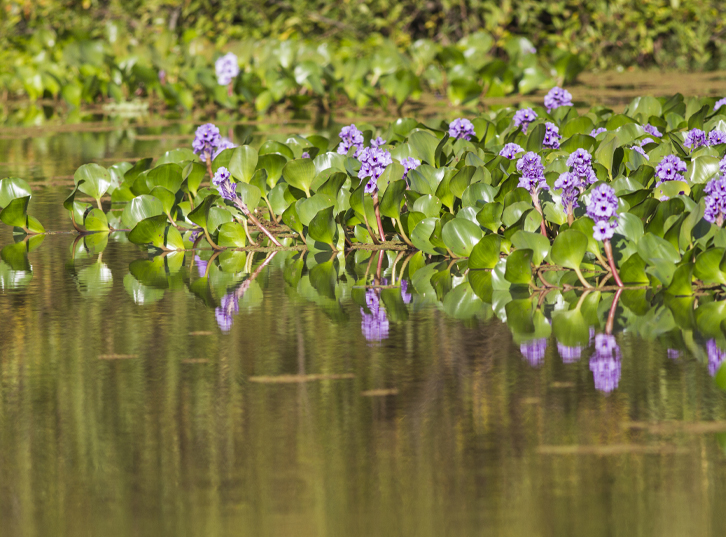
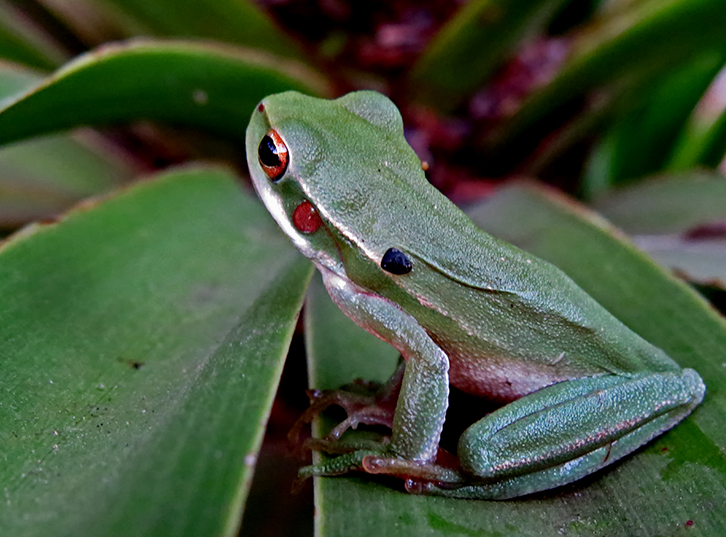
Binational Corridor of the Uruguay River
El Potrero Reserve is part of the La Plata Basin, one of the largest continental freshwater reserves in the world. The Uruguay River delimits its eastern bank, offering unique landscapes and a great biological richness.
Protecting rivers is a commitment for the present and the future of the next generations. That is why we strongly support the creation of the Binational Corridor for the Conservation of the Uruguay River, a project carried out by Butler Conservation and WCS Argentina, together with the governments of Uruguay and Argentina, to increase the protection of both banks of the river and consolidate a biocultural corridor of sister protected areas, for the conservation of species and habitats and sustainable development in the region through tourism, educational and scientific activities.
